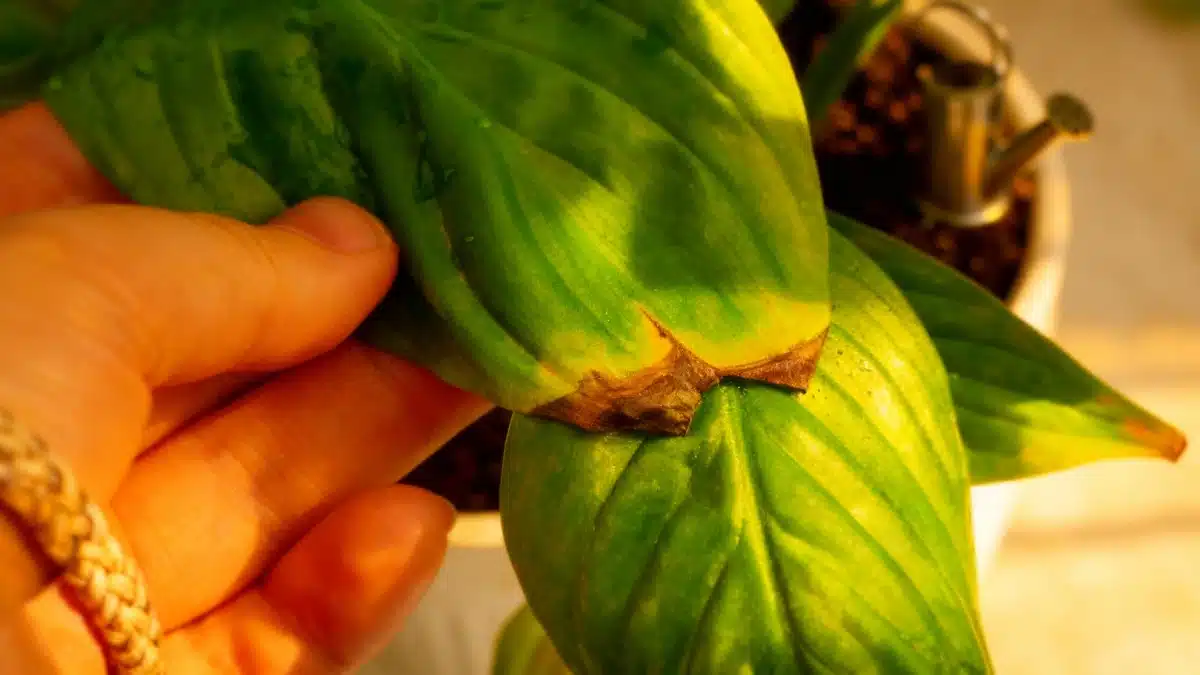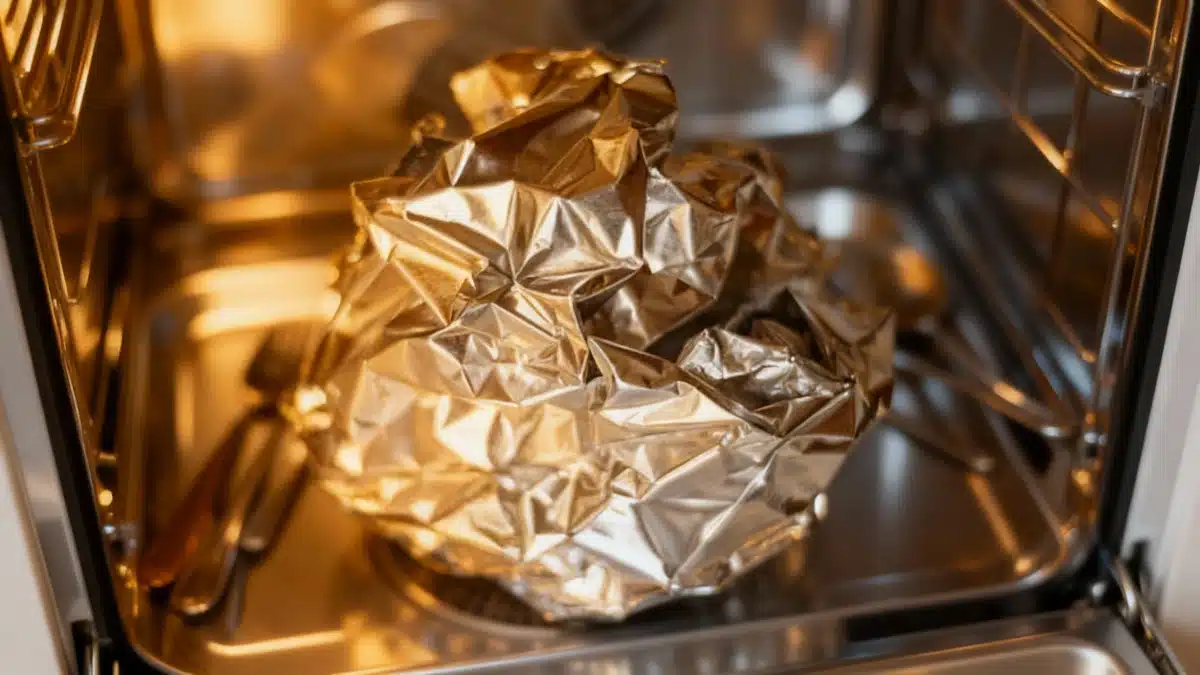Have you noticed that your once-glorious houseplant now sports crisp brown tips on its leaves, looking more like a burnt piece of toast than the lush greenery you signed up for? Don’t grab the trash bag just yet! The story of those brown leaf tips is more common than you think—and the solution might just surprise you. Let’s pull back the curtain on the hidden reasons (yes, more than one!) causing the browning, and arm you with simple care to keep your plant happy all year long.
Brown Leaf Tips: A Cry for Help?
Brown tips on your indoor plants aren’t just unsightly—they’re warning signs. While it’s easy to jump to conclusions and assume your plant is a goner, all hope isn’t lost. Browning is a very frequent issue for indoor plants, whether brightening up a living room or sprucing up an office. The big culprits? Watering too rarely, or going overboard with your watering can. Yes, plants really want you to walk that balance-beam, not perform cannonballs at either end.
But don’t panic. Many plant species—especially those with pointy tips or carnivorous types—are prone to this problem. Depending on the plant, those tips might shift from yellow to brown or even black as they sound the alarm. And bad news: Once a leaf or tip has gone brown or black, it can’t recover. It’s time for scissors! Still, the whole plant may be alive and perfectly ready for a comeback. You just need to tweak your care routine.
Don’t forget: sometimes browning is natural. In autumn, some deciduous plants turn brown, red, or yellow and lose their foliage for winter. But if you have a houseplant that’s supposed to be evergreen? Keep reading.
Water Woes: Too Little, Too Much
If you spy brown-tipped flowers or leaves, start with the basics—check that watering schedule. Unlike outdoor plants, your indoor pals aren’t getting a free drink from the rain. Knowing just how much water is right is key:
- If the leaves are brown and brittle, chances are your plant is thirsty. When sap (or plant fluids, for the non-botanists out there) can’t reach the tips, browning is the result. Try watering more consistently, and consider using clay balls in the soil to better retain moisture.
- If you already water like a helicopter parent, beware: Too much water is just as bad. Leaves might turn soft, and the soil is soggy. Light helps evaporate excess moisture, so move your plant to a brighter spot. In gloomy seasons, boost the room temperature. If the soil remains sodden, repotting with new soil—and those same clay balls—may be the rescue mission needed.
Remember, light matters! Don’t hide your plant in the dark, as even the greenest friend needs light for photosynthesis—but avoid direct sunlight, which can dry out the soil too quickly. Aim for a sweet spot with enough indirect brightness.
The Plot Thickens: Disease, Air, and Soil
Skip the watering drama, and other suspects might be at play:
- Fungal problems like phytophthora (the most common culprit) thrive in overly wet environments. Look for root rot if your plant grows outside during humid spells. Good soil aeration helps prevent recurrence.
- Other plant diseases can leave the tips marked with round spots, for example, peacock’s eye. Protect with preventive treatments like Bordeaux mixture on stems and branches, and reinforce with a quality organic fertilizer.
- Dry air or contaminated soil: When your apartment is overheating (thank you, winter radiator!) plants dry out quickly. They’ll need watering more often. Did you know a substrate overloaded with fertilizer salts can also poison the plant and stop it flowering or growing? If so, it’s time for a fresh start in new soil.
Rescue Ops: What To Do When Leaves Turn Brown
Here’s an unvarnished truth: brown parts of a plant are never coming back. If you ignore the signal, the browning can quickly spread down the stems and take over. The trick is to stop the rot—literally and figuratively—before it claims the whole plant.
- Cut away all brown or blackened leaves with clean snips.
- For severe cases, trim the plant back close to the roots and hold your breath. If even a stem or root is still green, there’s a shot at revival!
- Patience pays off: Don’t give up if there’s green beneath the surface. With luck (and a gentle hand), your plant could bounce back with fresh growth come spring.
In conclusion: Houseplant brown leaf tips aren’t a death sentence. Armed with the right approach—moderate, thoughtful watering; good light; a watchful eye for disease; and an occasional haircut—your plant can recover and thrive. So take that plant out of the trash, dust off those scissors, and give it another chance. Who knows? Next spring, you may be rewarded with new growth and a lesson in patience. Now that’s what we call plant-parent pride!

John is a curious mind who loves to write about diverse topics. Passionate about sharing his thoughts and perspectives, he enjoys sparking conversations and encouraging discovery. For him, every subject is an invitation to discuss and learn.





